
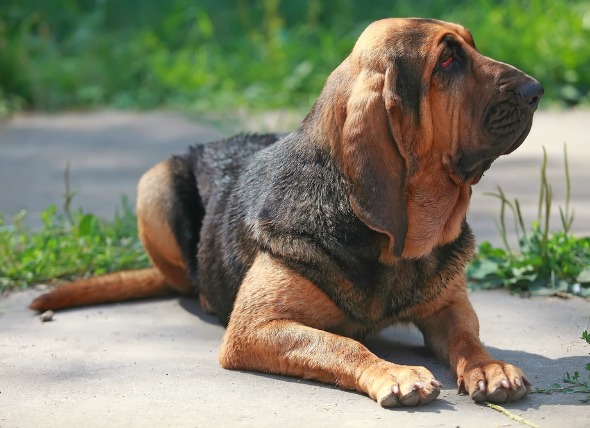
Ectropion is a condition which describes the margin of the eyelid rolling outward, resulting in exposure of the palpebral conjunctiva (the portion of tissue that lines the inner lids). Exposure and poor tear distribution may predispose the patient to sight-threatening corneal disease. It occurs mostly in dogs; seldom in cats. Breeds with higher than average prevalence include sporting breeds (e.g., Spaniels, hounds, and retrievers); giant breeds (e.g., St. Bernards and mastiffs); and any breed with loose facial skin (especially bloodhounds). There is a genetic predisposition in listed breeds, and it may occur in dogs less than one year old. When it is acquired or noted in other breeds, it often occurs late in life, and is secondary to age-related loss of facial musculature skin tension. It is intermittent, and is often caused by fatigue. It may be observed after strenuous exercise or with drowsiness.
As part of the normal examination a blood test will be conducted to look for bacteria that might be causing the symptoms, and a thorough eye exam will be conducted to look for corneal ulcerations. A fluorescein stain, a non-invasive dye that shows details of the eye under blue light, will be used to examine the eye for abrasions or foreign objects. If your dog falls into the list of breeds that is predisposed to this condition, your veterinarian will take that into account. In non-predisposed breeds, and patients with late-age onset, an underlying disorder will be considered as a causative factor. In patients with inflammation of the muscles that affect chewing, loss of mass in the eye may cause the condition. Nerve paralysis in the eye, a condition associated with lack of muscle tone of the eye muscles, will also be considered.
Your veterinarian will prescribe supportive care in the form of a topical lubricant, or an antibiotic-containing ointment, along with good eye and facial hygiene, which should be sufficient for most mild forms of the disease. Surgical treatment may be required to shorten the eyelid, and for severely affected patients with chronic ocular (eye) irritation, a radical face lift may need to be performed to correct the disorder. Your doctor will help you to develop a treatment plan to treat both the symptoms and any underlying conditions.
This condition may become more severe as your pet ages, and will need to be monitored by your veterinarian on a regular basis so that infections, should they occur, do not become severe, and related eye disorders can be treated with immediacy.
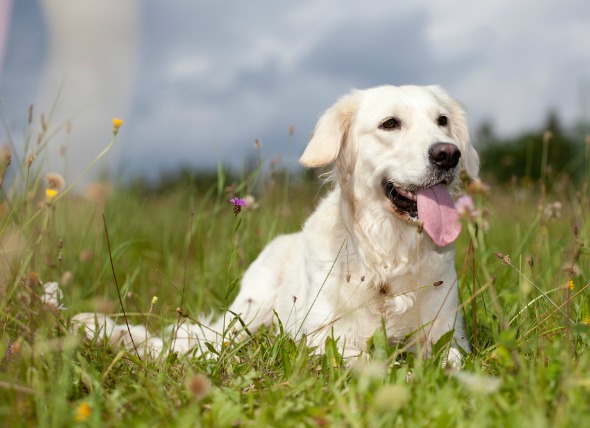 Excess Phosphorous in the Blood in Dogs
Hyperphosphatemia in Dogs
Hyperphosphatemia is an
Excess Phosphorous in the Blood in Dogs
Hyperphosphatemia in Dogs
Hyperphosphatemia is an
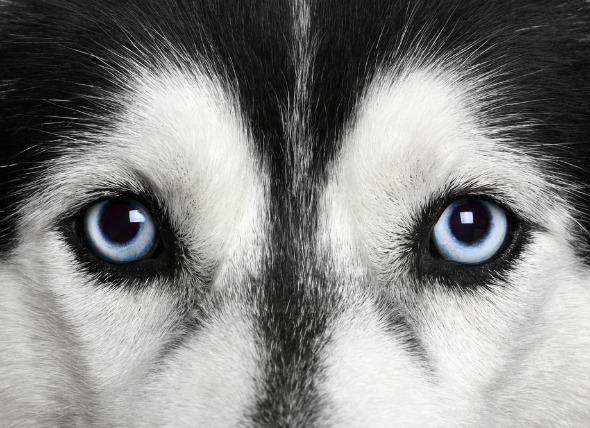 Corneal Disease (Inherited) in Dogs
Corneal Dystrophies in Dogs
Corneal dystrophy is
Corneal Disease (Inherited) in Dogs
Corneal Dystrophies in Dogs
Corneal dystrophy is
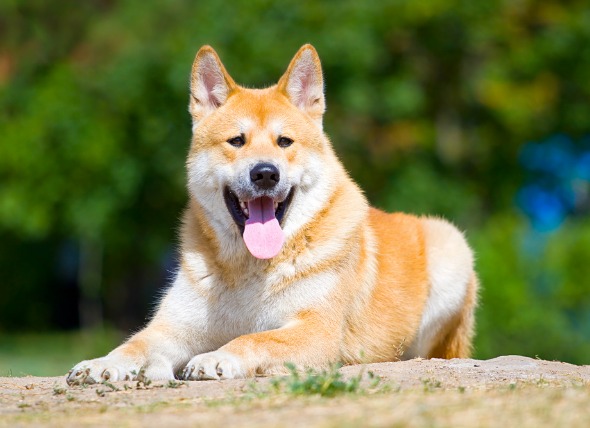 Nerve/Muscle Disorder in Dogs
Myasthenia Gravis in Dogs
Myasthenia gravis is a
Nerve/Muscle Disorder in Dogs
Myasthenia Gravis in Dogs
Myasthenia gravis is a
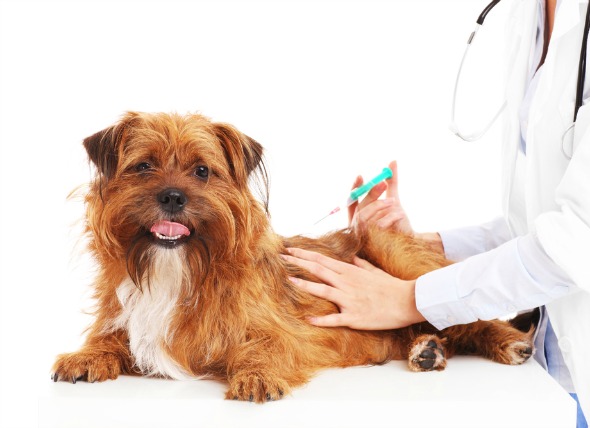 Tumor Related to Vaccinations in Dogs
Vaccine-associated Sarcoma in Dogs
Most types of
Tumor Related to Vaccinations in Dogs
Vaccine-associated Sarcoma in Dogs
Most types of
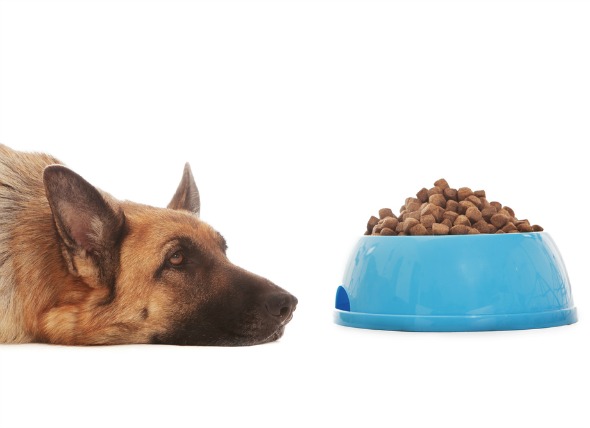 Aspirin Poisoning in Dogs
Aspirin Toxicity in Dogs
Aspirin, a non-steroidal
Aspirin Poisoning in Dogs
Aspirin Toxicity in Dogs
Aspirin, a non-steroidal
Copyright © 2005-2016 Pet Information All Rights Reserved
Contact us: www162date@outlook.com